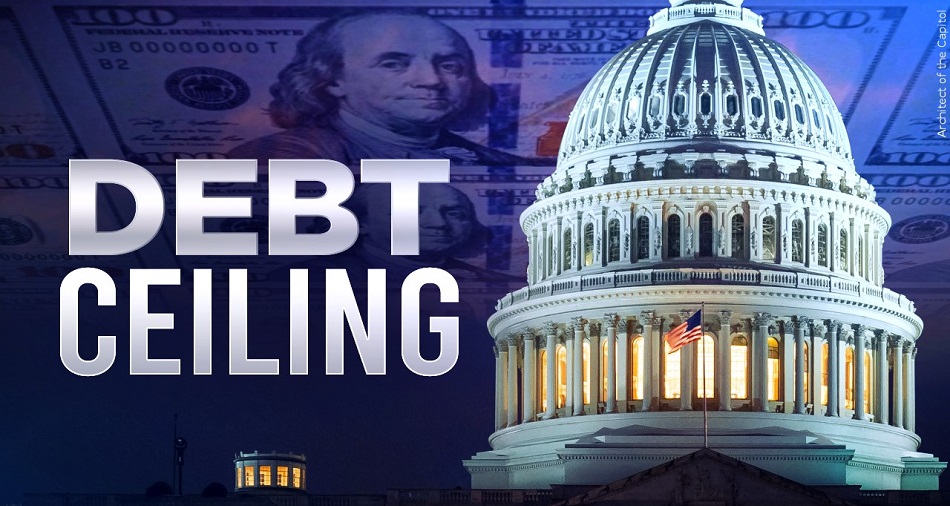The U.S. debt ceiling, a fiscal mechanism fraught with political tension, is akin to a tightrope walk, where policymakers must balance the nation’s financial health and operational stability. This article delves into the intricacies of the U.S. debt ceiling from a unique perspective, likening it to a delicate dance between fiscal responsibility and the functioning of the government. Let’s see what Kavan Choksi says.
The Debt Ceiling Choreography
- Budgetary Ballet: The debt ceiling sets the stage for a budgetary ballet where the federal government, like a graceful dancer, must choreograph its spending and borrowing to ensure it stays within the legal limit.
- Balancing Act: The debt ceiling is the tightrope on which policymakers balance their fiscal responsibilities. They must navigate the narrow path between meeting financial obligations and maintaining the government’s daily operations.
- Precision Timing: Just as dancers rely on precision timing, policymakers must act swiftly and decisively to raise or suspend the debt ceiling when it approaches, preventing the risk of default.
The Impact of the Performance
- Economic Symphony: The debt ceiling dance is a crucial part of the nation’s economic symphony. A misstep, like a dancer stumbling on stage, can disrupt financial markets, raise borrowing costs, and damage confidence in the economy.
- Market Audience: Financial markets, like a discerning audience, closely observe the debt ceiling performance. They react to uncertainties, making it essential for policymakers to maintain stability to prevent market jitters.
- Social Choreography: The government’s ability to provide essential services, such as Social Security, Medicare, and defense, relies on its financial health. The debt ceiling dance impacts the daily lives of citizens, much like a ballet’s performance captivates its audience.
The Political Choreographers
- Partisan Choreography: Political parties often choreograph the debt ceiling dance to advance their agendas, using it as a political tool. This can lead to standoffs and political brinkmanship.
- Debt Ceiling Drama: The debt ceiling has, at times, turned into political drama, with negotiations, ultimatums, and last-minute solutions reminiscent of a theatrical performance.
- Long-Term Choreography: Critics argue that relying on the debt ceiling as a short-term fix distracts from the long-term choreography needed to address fiscal challenges such as entitlement reform and tax policy.
The U.S. debt ceiling, often fraught with political tension, is a delicate dance between fiscal responsibility and government operations. Policymakers must perform this intricate choreography with precision, as missteps can disrupt the nation’s financial stability and economic performance. Balancing the budgetary ballet is essential to ensuring that the government meets its obligations while maintaining the trust of financial markets and the well-being of its citizens. Ultimately, addressing fiscal challenges comprehensively is key to harmonizing the debt ceiling dance and securing the nation’s economic future.

